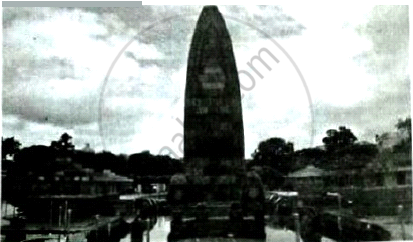Advertisements
Advertisements
प्रश्न
Discuss the impact of Non-Cooperation Movement in Indian struggle for freedom.
उत्तर
The impact of Non-Cooperation Movement in India’s struggle for freedom: The Non-Cooperation Movement (1920-22) was the first major national movement launched under the leadership of Gandhiji The impact on the movement was far reaching which can be described under the following points:
- Broadening the base of Congress and National Movement: Through Non-Co-operation for the case of national movement. The Congress, which was hitherto a middle class organisation, became for the first, a mass based organisation. All section of society like- peasants, workers, women, students etc. participated in this movement.
- It undermined the power and prestige of British Government: The movement intensified Anti-British feeling among the people. There was total loss of faith in the present system of government. The people wanted to get rid of their rulers.
- The movement enforced Hindu-Muslim unity: For the first time during the course of
this movement. Hindus and Muslim came together to oppose the British Government under the leadership of Congress. The base of this unity was created during the Khilafa movement is 1919. - It proved the viability of Gandhian techniques: This movement proved that the Gandhian technique of non-violet agitation were largely successful in mobilising masses. Boycott of foreign goods and services and promotion of Khadi and native gods became part of national movement. The idea of Swadeshi became a national during this movement.
APPEARS IN
संबंधित प्रश्न
With reference to the picture given below, answer the following questions:

- Identify the Memorial built for those who were killed in this incident.
- Where did this incident take place?
- Name the movement launched by Gandhi in 1920 as a consequence.
When and where was Gandhiji born? What was his full name?
Name two important methods adopted by Gandhiji in the freedom struggle.
When did the Congress decide to start the Non-Cooperation Movement? Who was the leader of this movement?
What was the reaction of the Indians to the Rowlatt Act?
Give one incident in Gandhiji’s life in South Africa which taught him the technique of Satyagraha.
How did Gandhiji display his concern for the downtrodden and the weak people.
Why was the Non-Cooperation Movement withdrawn? How did this decision lead to the formation of the Swaraj Party?
Explain the term Swadeshi and Boycott in the context of the National Movement in India.
Explain the reason behind the launching of the Khilafat Movement in India. Why were the Khilafat and Non-cooperation Movements merged in 1920?
